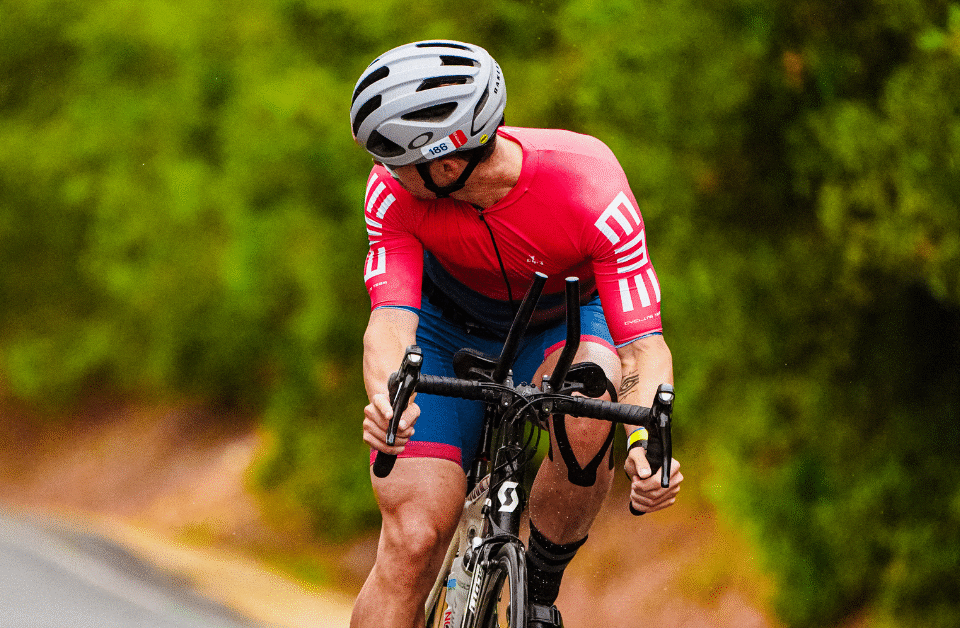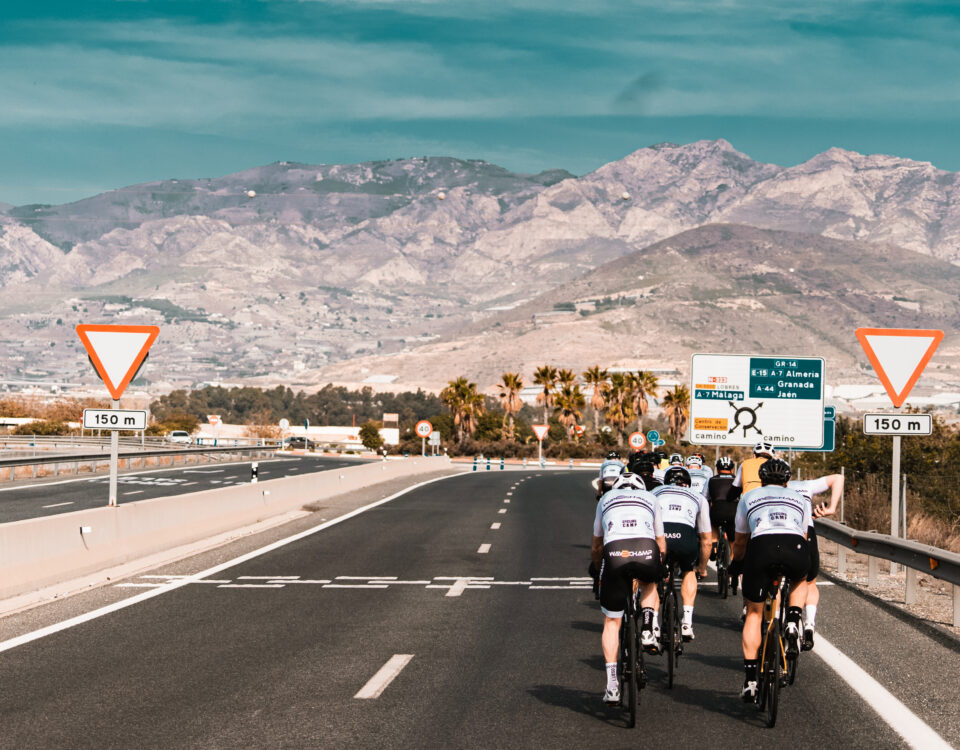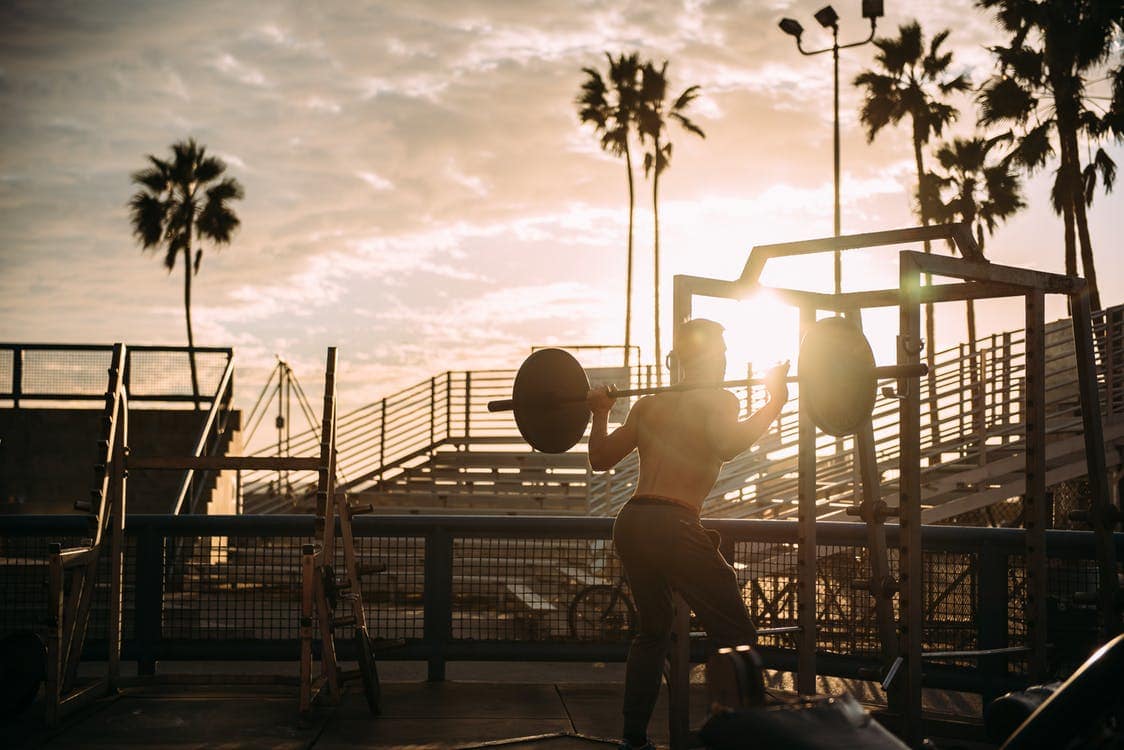
A strong core – how to do it and what benefits does it bring?
11 December 2017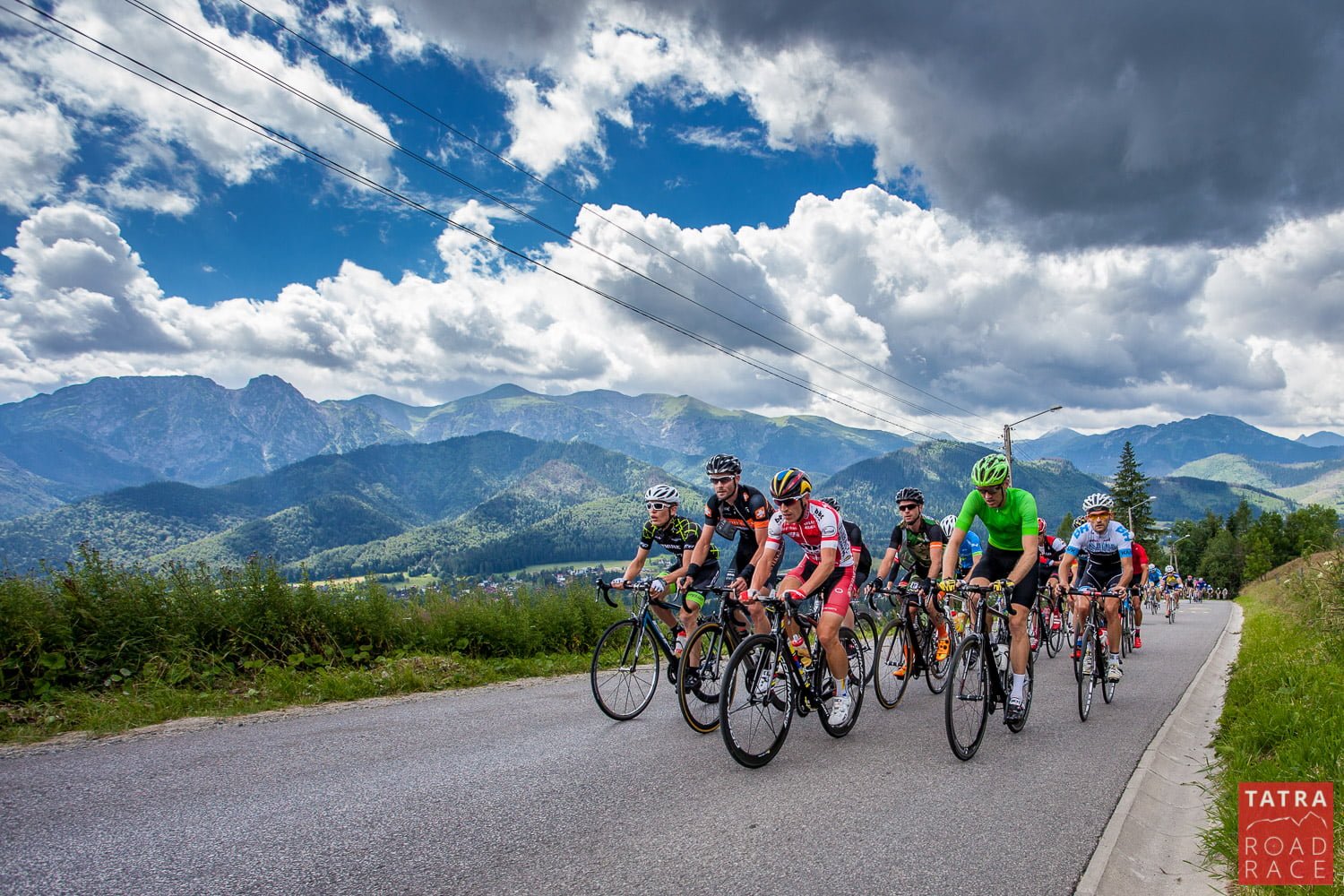
What to eat and drink during workouts? 10 TOP products
14 February 2018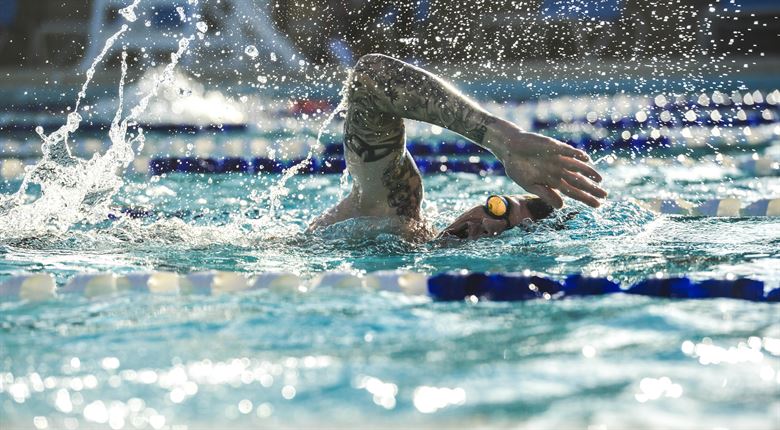
An off season swim-block is useful for any triathlete, regardless of swim ability.
For most triathletes I would recommend a block focused on technique and efficiency. For those athletes who can comfortably swim under 65 minutes for an Ironman, or 32 minutes for a 70.3 it is appropriate to introduce effort based elements to the focus as well. These elements can include threshold development, VO2 max development, aerobic strength and muscular strength. Your personal skill set, strengths and weaknesses should be assessed between you and your coach – regardless, technique and efficiency should still be a cornerstone of the block.
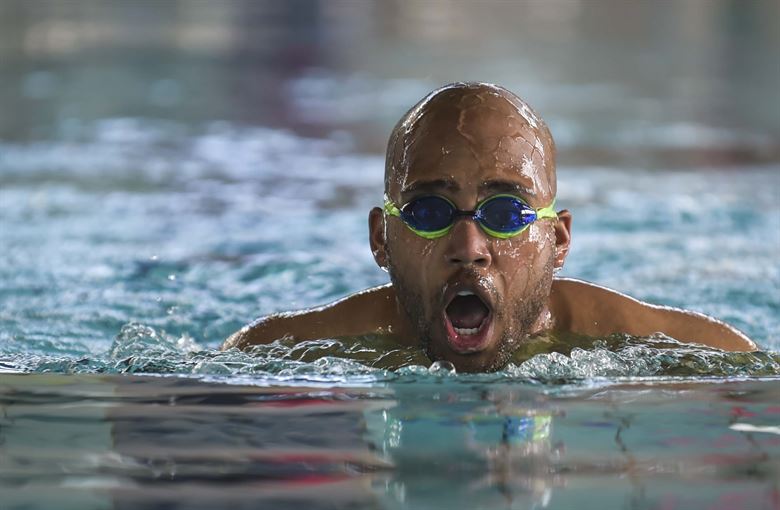
A swim block can be a great way to ease back into volume and intensity following a strenuous racing season. While the first part of any off-season should be focused on physical and mental recovery, the second phase can and often should see an increase back in volume and intensity, appropriate to the athlete’s ability level, time availability and season goals. A swim block can help keep recovery a primary focus, as it is lower impact than cycling or running.
As with any other phase of your training there are certain things you should think about, that will allow you to get the most out of an off-season swim block.
Understand that this is a block of training, and that the swim will need to take precedence during this block.
Set a finite amount of time that you will focus on the swim. I suggest a period of 6-8 weeks. During this period bike and run workouts should be relegated to a maintenance phase. Frequency is the foundation for the swim during this phase. For higher level athletes, I would recommend 4-6 swim workouts per week, but for anyone committing to a swim focus I would recommend a minimum of 3-4 workouts per week. Frequency will help reinforce the skills you are practicing; four short sessions will be more beneficial than 2 longer sessions per week. While there will likely be a significant volume jump (for the swim) during this block, exactly what that jump ends up being will depend on the athlete’s specific background, fitness levels and time availability.
Technique! Technique! Technique!
For most triathletes there are tons of technical and efficiency gains to be made entirely independent of aerobic capacity – I would highly recommend working with an on-deck swim coach during this block. This may not always be possible due to availability and time constraints, but getting an established professional to give you some personal pointers on what to think about while you swim can make a huge difference in the gains realized during such a block. It may be possible to get a buddy of yours to film you with an iPad, smartphone or GoPro then have a coach analyze the footage and send feedback. Also, when it comes to a swim block and technique focus, resist the urge to try and do it all. Focus on 1-2 technique points and perfect them during the block.
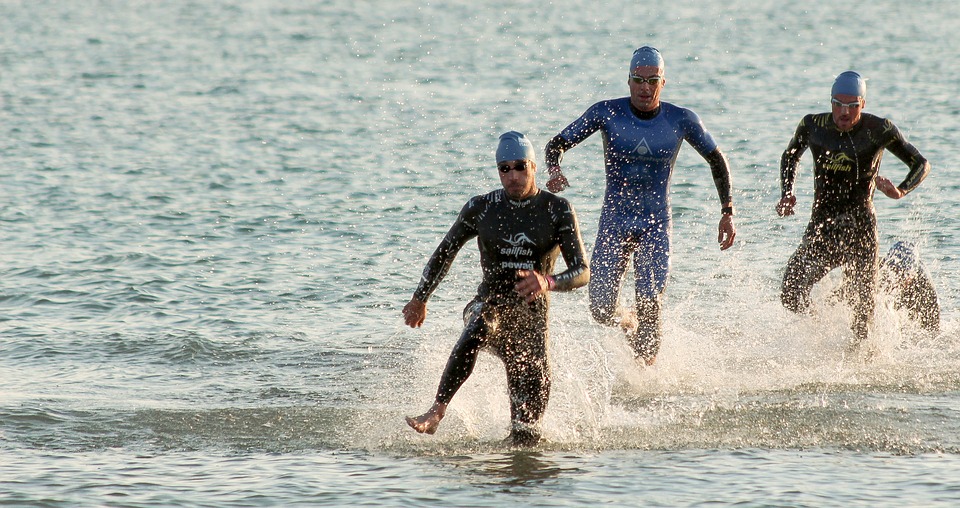
It is best to focus on one technical point at a time. If you try to focus on too much you will end up almost exactly where you started, with no real changes made.
The final topic to think about during an off-season swim block is distance per stroke.
Some lump this together with technique, as a drill, but distance per stroke (efficiency) is the byproduct of good technique. Distance per stroke (dps) should be a constant focus, but during a swim block it is imperative. Desired dps should be achieved before any tempo work is done, and then tempo/strength work should be done based on stroke count. A simple set is given below to illustrate:
8 x 50 DPS @ 20” rest
8 x 100 DPS+1 @ 20” rest
This would be the type of set I would prescribe early in the block, to get the swimmer to acclimate to keeping track of their stroke count and to see how it feels maintaining a constant stroke count late into sets. As the block developed, I would have the swimmer maintain stroke count for other up-tempo and threshold sets. Pure speed/rate work (ie 8 x 25 with 12.5 FAST/12.5 ez) is the only time stroke count is not useful.
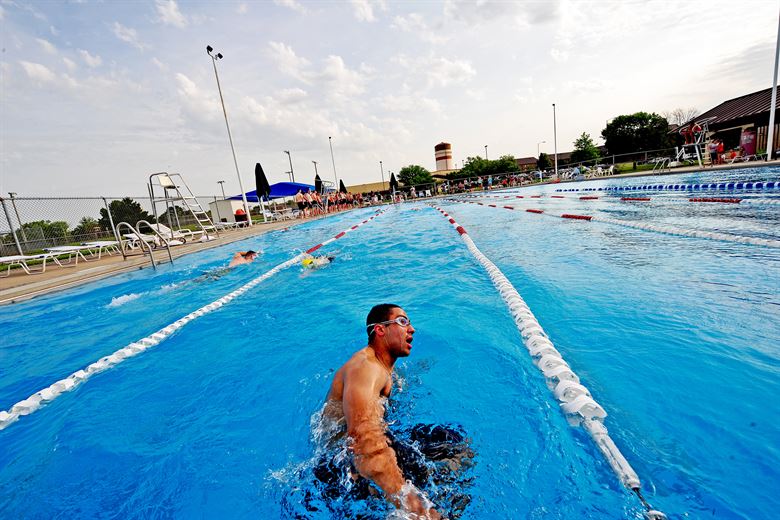
Now that you have some ideas to think about in the pool, it may not be as daunting to plan an off-season swim block. If you have any questions/comments regarding points in this articles or want help with swim analysis, I can be reached at Jeremy@Way2Champ.com
Autor: Jeremy Howard, trener triathlonu z Nowego Jorku
